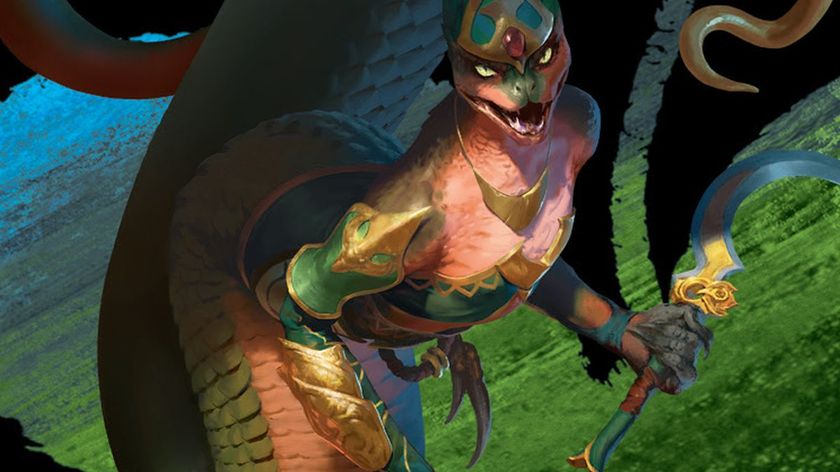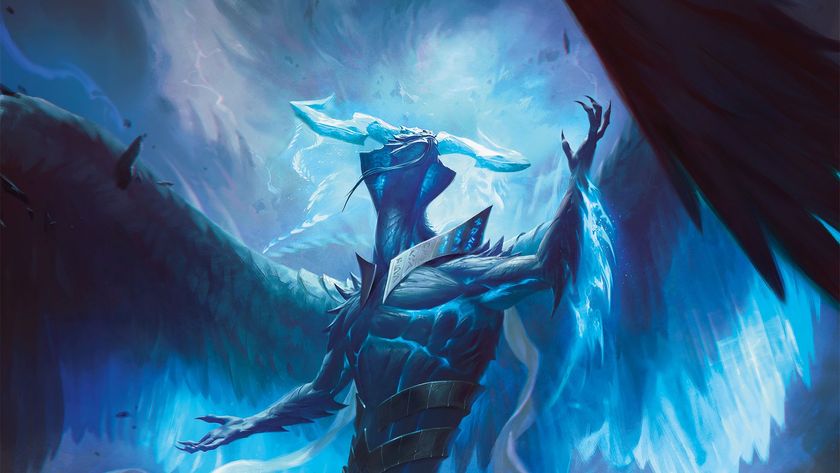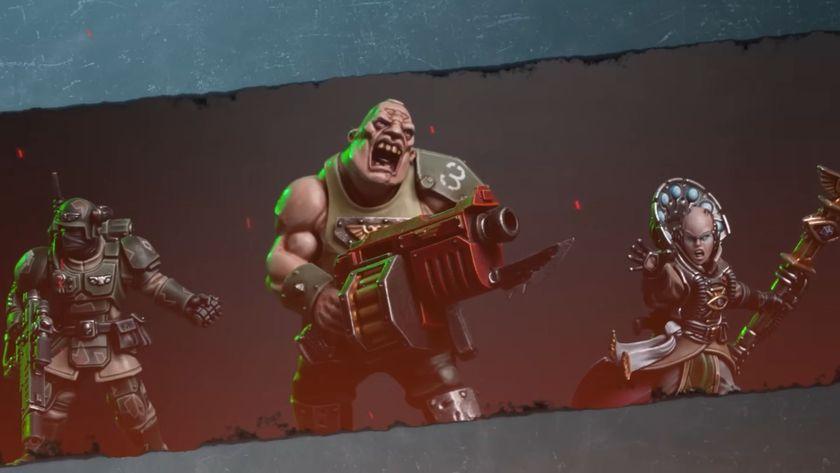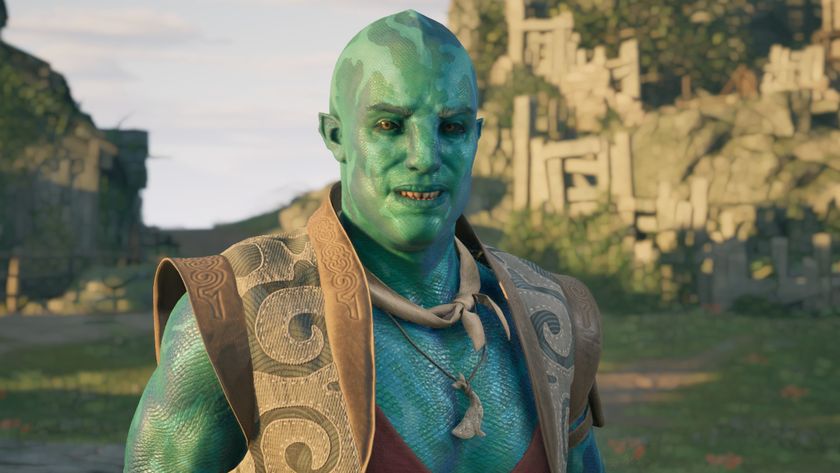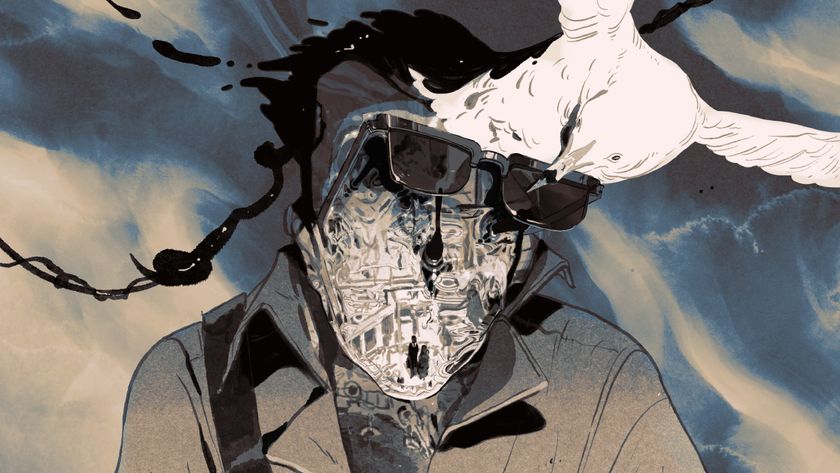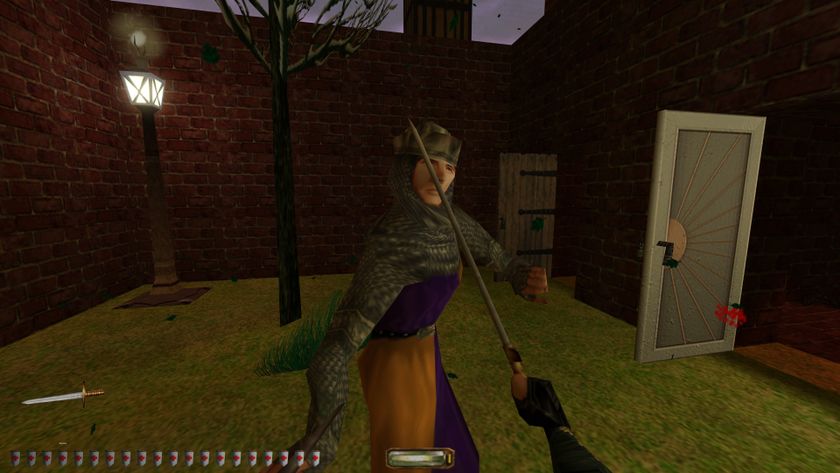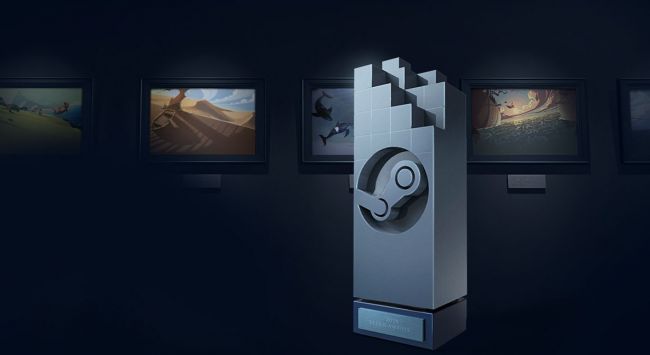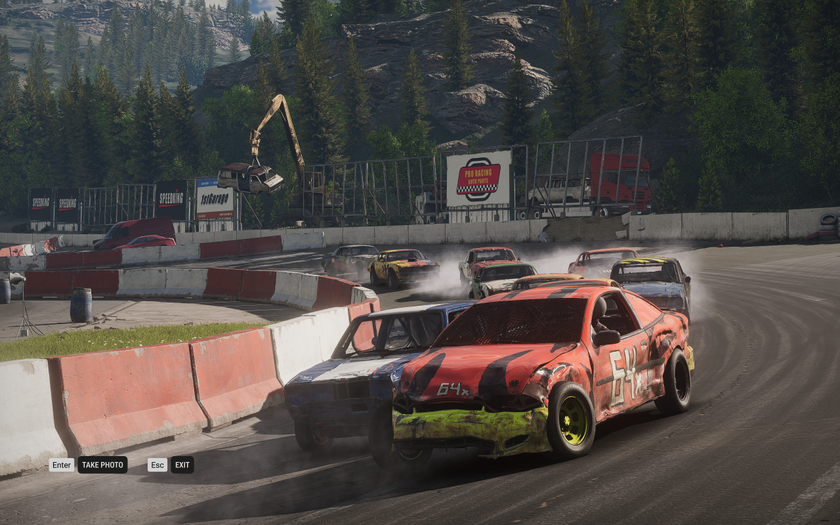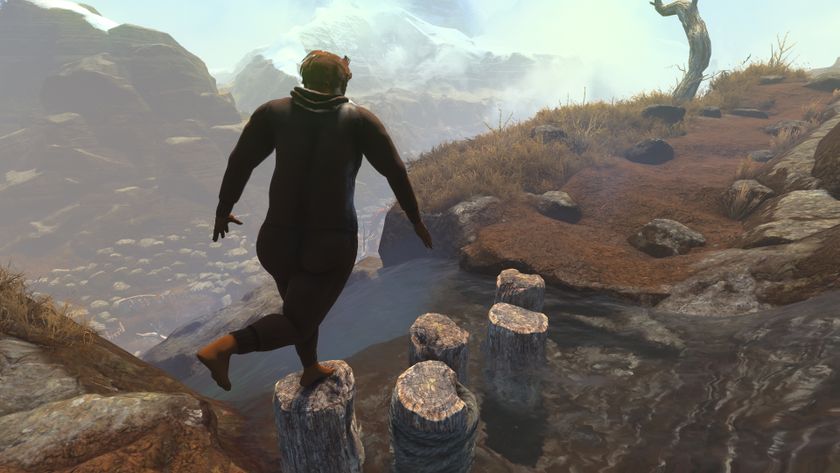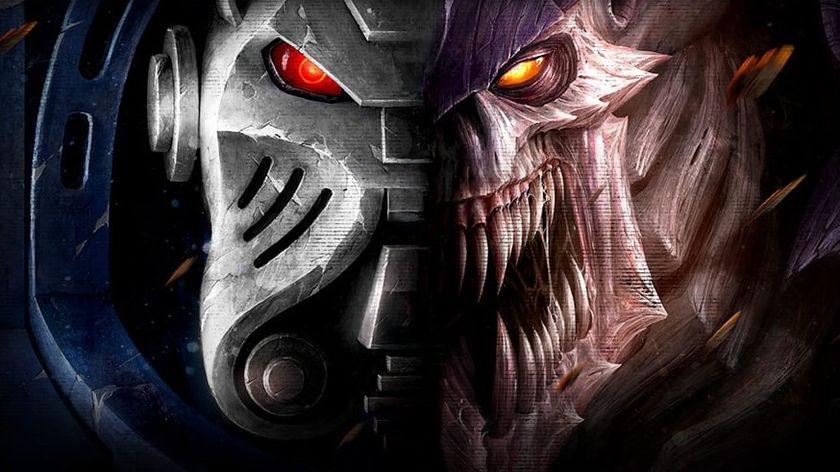The impact of Yogg on competitive Hearthstone
...and five other things we learned from watching Dreamhack Summer.
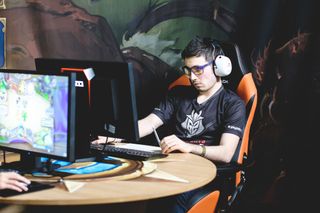
Last weekend saw Dreamhack Summer take place in Sweden, and with it another major open Hearthstone tournament. As with Dreamhack Austin, which Chakki won the previous month, a tournament of this size presents the perfect opportunity to take the pulse of the post-Whispers of the Old Gods metagame. We got to see some new decks, the rise of new stars, and of course a few games decided by eye-watering RNG effects. We also got a familiar champion, as G2’s Dima “Rdu” Radu (pictured top) took the title for the second time, having originally made his name by winning the event in 2014 (which, lest we forget, was during the dark days before spectator mode). Happily, there was no such controversy this time. Instead, these were the main talking points...
Is Yogg-Saron good for the competitive game?
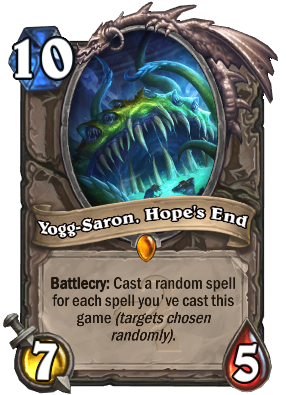
Originally written off as a meme card, Yogg's random effect is proving surprisingly consistent in the right deck.
Yogg, Yoggy, Yogg. Where to begin? Yogg oscillates wildly between being viewed as a fun card that ultimately isn’t very viable to the skill-destroying antichrist that signals the death of Hearthstone as a competitive pursuit. Yogg frustrates and delights pros in equal measure. Yogg can draw you ten cards, clear the opponent’s board entirely, and then Pyroblast you three times in the face. Yogg is our saviour. Yogg is the Devil. Yogg is Hearthstone encapsulated in a single card.
Perhaps surprisingly, Yogg also saw a good amount of play at Dreamhack Summer. While not quite ubiquitous, the card was definitely influential, forming the focal point of Rdu’s all-conquering Tempo Mage. Inevitably, it did some very stupid things, of which the best example is below. It’s worth a watch just to see Cipher trying to remain stoic on his subsequent turn.
Is this level of randomness good for the game? There’s no denying it can be distasteful when random effects render the previous actions of the entire game almost completely irrelevant. The other side of the argument is that, although the act of playing Yogg itself invalidates skill somewhat, the deckbuilding necessary for the card to be impactful does the opposite. If you are filling your deck with a large number of cheap spells, you are vastly increasing your options on each turn. I have been playing a lot of Yogg Druid recently (Fr0zen’s list, incidentally, who faced Rdu in the final) and it’s often quite astonishing just how many different lines there are to take in each game. So Yogg-Saron is okay in my book. It encourages decks that have a lot of decisions, and introduces a big RNG firework show for the fans to enjoy. You wouldn’t want every deck to be a Yogg deck, but a light sprinkling of everyone’s favourite Old God will do the competitive scene no harm.
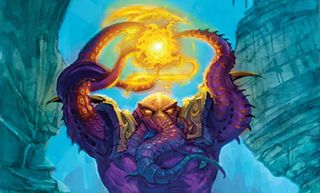
Shaman’s dominance is becoming worrying
Fifteen of the sixteen players in the tournament’s top cut had a shaman deck in their lineups. The aggro variant was considerably more popular, although Orange and SuperJJ did favour a midrange version. There seems to be something of a consensus between the pros that Shaman is the meta-defining deck, and as such cannot be left out of a tournament lineup. I don’t think I’ve ever seen a metagame more dominated by one particular class. The issue here is that there aren’t really any hard counters to Shaman. There are soft counters, yes -- Tempo Warrior, for example, and to a lesser extent Zoo -- but it’s hard to find a viable deck that utterly dominates the class.
I’m happy to come down on one side of this debate here: I don’t think this is a healthy trend for the competitive scene. It’s one thing when a deck is dominant because its skill-ceiling is so high that the best players can get great results with it (although Patron Warrior was never this dominant), but no one wants to see the best deck being so disturbingly vanilla. 95% of being good at Aggro Shaman is knowing that you should always coin Totem Golem on turn one. Most of the plays are obvious, and the decisions between trading and going face are usually extremely clear-cut. Shaman is boring and easy and I don’t like it. Bleh.
Beyond the Shaman supremacy, there is surprising diversity
In a completely solved meta you will see very little deck diversity, and just by glancing at the decks in the top sixteen, it becomes fairly clear that we are nowhere near that point yet. Just look at Warrior: the verdict is far from unanimous on what the best aggressive warrior deck is. Tempo Warrior was the most heavily represented, but Aggro Pirate Warrior, Dragon Warrior and Patron Warrior also saw some play. That equates to a lot of very different builds occupying the same general territory of a curve-based Warrior deck.
The biggest gaming news, reviews and hardware deals
Keep up to date with the most important stories and the best deals, as picked by the PC Gamer team.
A number of players had success with their own wacky, off-meta decklists. The astonishingly consistent Hoej, who seems to top eight every other open he goes to, piloted an interesting N’zoth Renolock to a strong finish. SenX, who finished in the Top Eight, had his own unique Warlock deck, which was a tempo-based Dragon Warlock with two Doomsayers. Boarcontrol even brought Desert Camel Hunter complete with Injured Kvaldir.
Off-meta choices signal that players are still nowhere close to figuring out what the optimal decks to bring to this sort of tournament are. This bodes well for future events. Yes, fine, we know that Aggro Shaman should probably be in your lineup. But there’s still plenty of unexplored territory, and that means countless competitive edges for the best players to find.

A Swiss system gives the best players the best chance
Blizzard has taken a lot of flak in the pro community for their insistence on a double elimination format for the EU and NA regional preliminaries. Events like Dreamhack demonstrate why. If you want the matches in the late stages of the tournament to be real demonstrations of skill from the game’s best players, then your format can’t arbitrarily advantage some players over others. Swiss is very much the ideal system: everyone gets to play a set number of games, and those with the best overall record make the cut. Double elimination unfairly disadvantages players who happen to hit a loss in the early rounds, compared to those who lose in the later stages.
The tournament system is the reason why the top eights of EU and NA preliminaries (both this year and the last) were perceived as featuring a lower calibre of player than not just this Dreamhack, but also other major recent opens to operate under a Swiss system. Dreamhack sets a shining example of how to maximise the hype levels by ensuring good players get the chance to succeed. Blizzard should follow suit.

Up-and-comers receive their reward
It shouldn’t be a surprise to see Fr0zen (pictured above), the tournament’s runner-up and top 16 finisher at Dreamhack Austin, doing so well at a premier event. This is a player with a reputation for occupying high Legend ranks almost constantly, and with a Rank 1 ladder finish to his name. Those involved with playing the game competitively have known about Fr0zen for a long time.
The truly great thing about opens, in contrast to the many Hearthstone invitationals, is that they allow players like Fr0zen, who are known by the pros but struggle for wider exposure, to have their chance in the spotlight. And he wasn’t the only one. Boarcontrol and SenX, who finished Top Eight and Top Sixteen respectively, have both been impressive players on the small stage, so it was pleasing to see them get some widespread recognition here.
Tempo Mage vs Tempo Warrior may be Hearthstone’s most entertaining matchup
This, right here, was the game of tournament. Game Two in the Round of Eight series between BoarControl and Rdu had it all. Dramatic swings, pivotal decisions and even a fatigue finish. While I would give Tempo Warrior the edge in the matchup, both of these decks have huge potential for swinging unfavourable board states. This can give rise to some hectic, back-and-forth games, where the two decks can go card-for-card until there are no more cards left, as was the case here. The players themselves also offer plenty of entertainment: we already knew how animated Rdu can get, but Boarcontrol’s reactions are actually even more emotional. Oh, and there’s a big Yogg in this one too. Enjoy.
